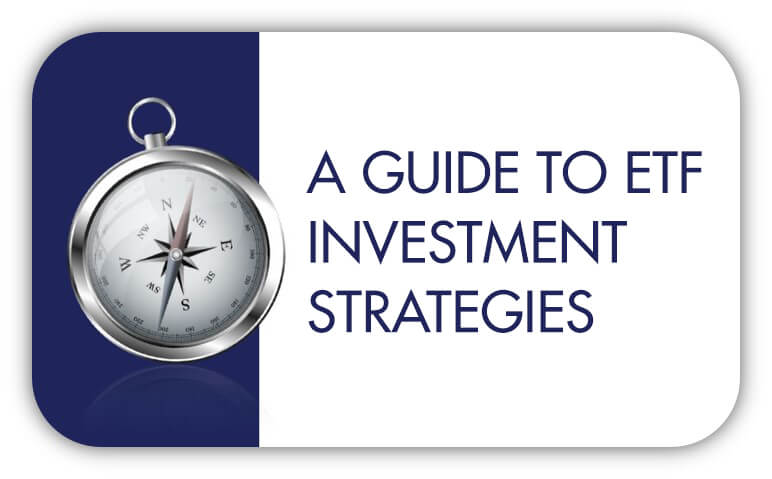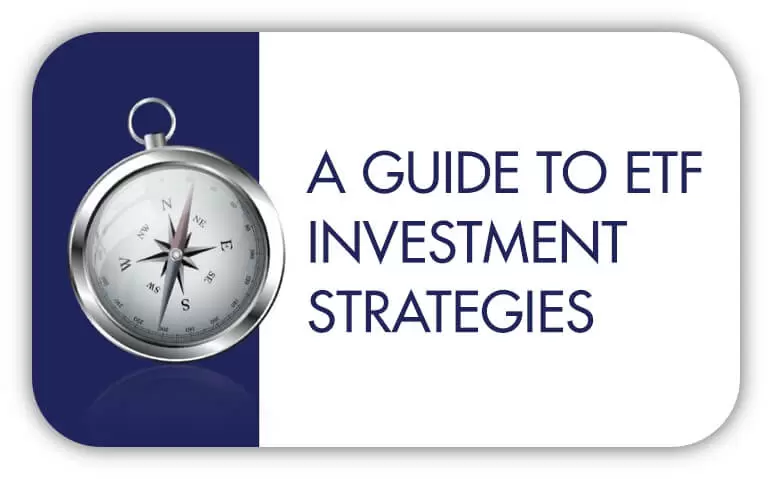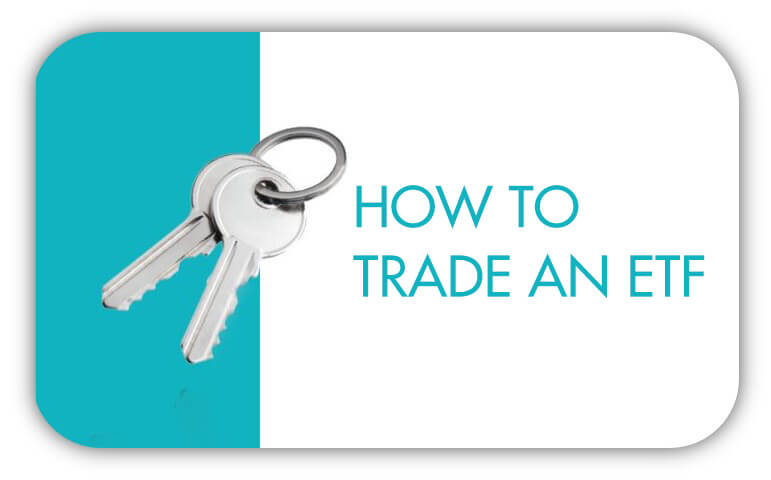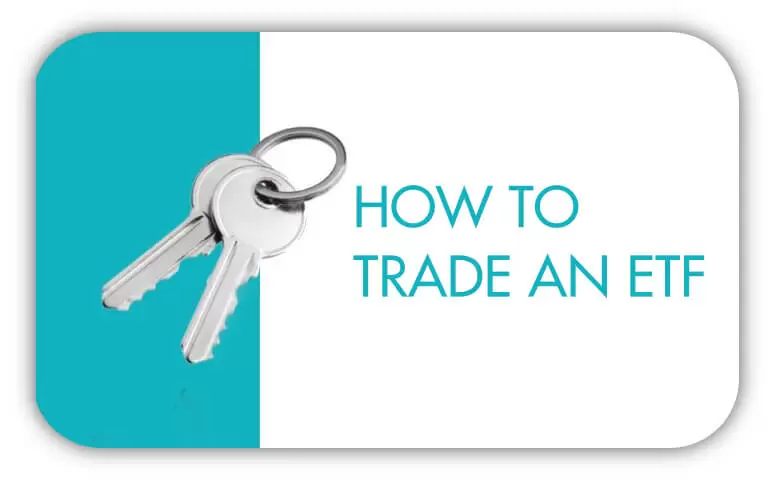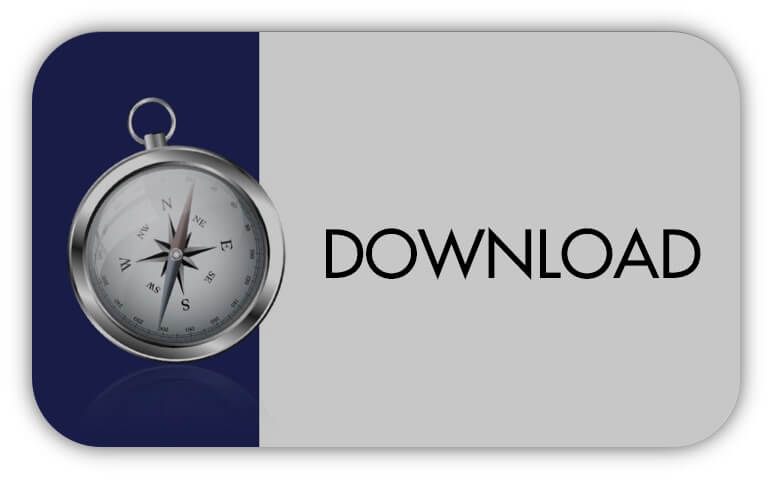Best practice ETF trading
You can buy and sell ETFs on ASX in the same manner you trade shares. Below are tips and best practices to help you trade ETFs.
Best times to trade
Australian equities
- Avoid market open: Avoid the first 15 minutes of the trading day when ETFs are less liquid and spreads are wider. ASX opens in stages starting with companies beginning with the letter A and finishes 10 minutes later at Z. During this time the Market Marker will be quoting prices with wide spreads as they cannot accurately value the full portfolio until everything opens.
- Avoid market close: Similar to open, it is difficult for the Market Maker to value the whole portfolio at market close so avoid trading in the last 15 minutes of the trading day.
International equities
- Be aware of International trading times: ETFs with significant exposure to Asia Pacific markets tend to trade better (i.e. at tighter spreads) when the foreign market is open at the same time as ASX. This is not possible in the case of U.S. and European stocks, whose markets are never open at the same time as ASX.
- China trading times: The best times to trade ETFs comprising China A-shares is also when the Australian trading day overlaps with the Shanghai and Shenzhen opening times. These are:
- From 11:30am to 1:30pm or 3:00pm to 4:00pm Monday to Friday (AEST)
- From 12:30pm to 2:30pm Monday to Friday during daylight saving times
- Market closures: It is important to take note of when markets are closed. For example, international holidays could impact the Market Maker’s ability to value ETFs which hold assets from locations where there is a public holiday
Use limit orders
- This type of transaction allows you to set the bid or ask price at which you are willing to buy or sell. You will not pay any more, or sell for any less, than your limit price.
- Trade execution through limit orders provides you certainty and protection for your trade price. However if you set your limit below the ‘ask’ (when buying) or above the ‘bid’ (when selling), there is a risk your transaction will not occur.
- The involvement of a Market Marker usually ensures limit orders at the fair value will be executed.
- Avoid market orders. A market order guarantees you buy or sell your units but does not guarantee the best price and exposes you to paying more, or selling for less, than the fair value of the ETF units. With a market order you lose price control; experienced portfolio managers generally trade with limit orders.
Refer to the iNAV for Australian equities ETFs
The iNAV is the ‘indicative Net Asset Value’ of an Australian equities ETF published by ASX. The iNAV changes based on changes in prices of the shares held in any Australian equity ETF portfolio. The iNAV allows investors to track the estimated fair value of an ETF unit throughout the trading day to help decide when to buy and sell. You cannot buy ETF units at the iNAV as the Market Maker will always place a spread to make money for their services. You can buy/sell at the iNAV plus/minus a spread. The iNAV lets you monitor the size of the spread, which can change throughout the day depending on market conditions.
Making large trades
If you are planning on making a large trade, contact our Capital Markets desk to ensure sufficient trading volume is made available.
02 8038 3317.
